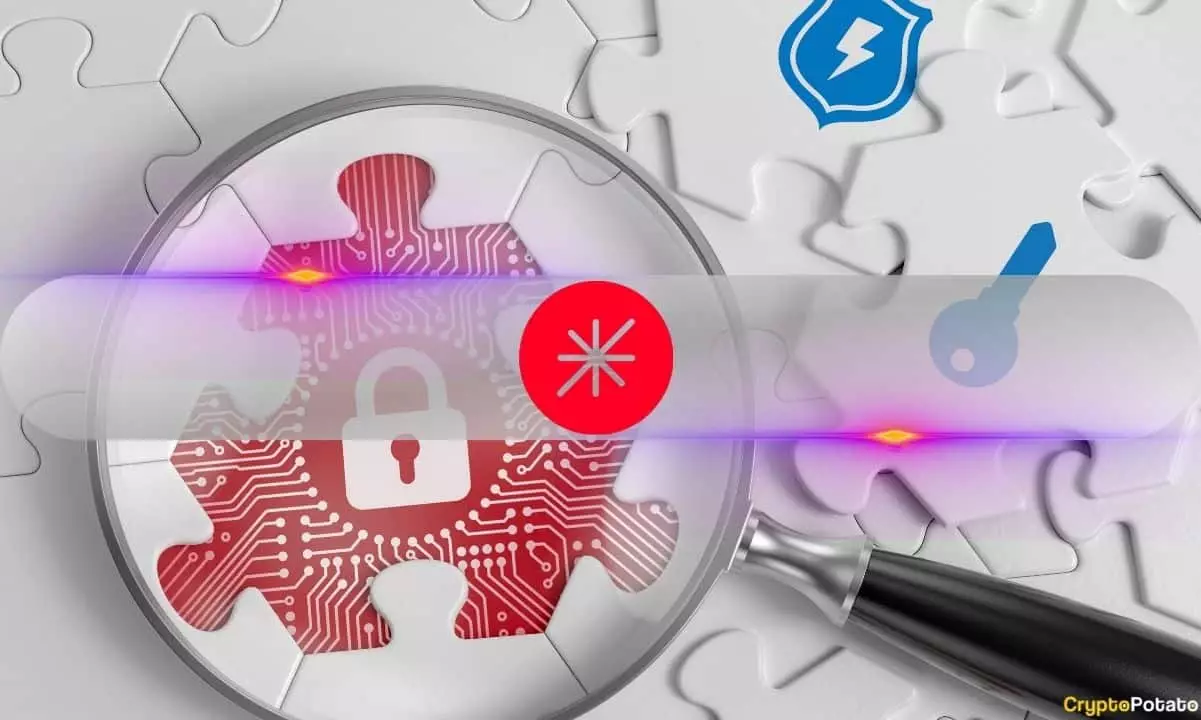The decentralized finance (DeFi) space has been the target of several high-profile exploits recently, highlighting the need for robust security measures. One of the latest victims is Gamma Strategies, a DeFi protocol built on the Ethereum blockchain. This article will delve into the details of the exploit, the response from Gamma Strategies, and the lessons that can be learned from this unfortunate incident.
On January 4, the blockchain investigator PeckShield alerted Gamma Strategies to an exploit, which was subsequently confirmed by the protocol. The vulnerability allowed an attacker to manipulate the price change threshold, enabling them to generate a significant number of LP tokens. As a result, the attacker made off with approximately $3.4 million.
In response to the attack, Gamma Strategies swiftly took action to prevent further losses. The protocol temporarily disabled deposits to all public DeFi vaults while ensuring that withdrawals remained accessible for users in need of their funds. This immediate response demonstrated Gamma Strategies’ commitment to protecting its users.
To mitigate the risk of similar attacks in the future, Gamma Strategies has implemented several measures. These include setting all price change thresholds to a safe level, ensuring that the token ratios align with the pool’s ratio, implementing deposit caps per deposit, and prohibiting single-sided deposits. These safeguards aim to prevent flash loan exploits and bolster the overall security of the protocol.
External Code Review and Post-Mortem Analysis
Recognizing the need for external expertise, Gamma Strategies plans to conduct a third-party code review. This comprehensive assessment will help identify any additional vulnerabilities and ensure that the protocol is more resilient against future attacks. Furthermore, the protocol intends to release a detailed post-mortem analysis, shedding light on the incident and the steps taken to address it.
While Gamma Strategies has taken swift action to mitigate the exploit’s impact, one question remains unanswered: Will the protocol compensate its victims? The protocol has expressed its commitment to maximizing recovery for all affected users but has not confirmed its intentions regarding compensation. This ambiguity leaves affected users uncertain about the potential for restitution.
Lessons Learned
The Gamma Strategies exploit serves as a wake-up call for the DeFi industry. It highlights the importance of thorough security audits and constant vigilance. Here are some key takeaways:
1. Regular Security Audits
DeFi protocols should regularly conduct external code reviews to identify and address vulnerabilities proactively. These audits must go beyond internal assessments to ensure a thorough evaluation of the protocol’s security posture.
2. Stricter Threshold Settings
Setting appropriate price change thresholds is crucial to prevent flash loan exploits. Gamma Strategies learned this lesson the hard way, emphasizing the need for cautious and conservative threshold settings.
3. Enhanced Communication and Transparency
In times of crisis, effective communication is paramount. Gamma Strategies could have provided more timely updates and reassurances to its users. Transparency builds trust and allows users to make informed decisions.
4. Compensation Mechanisms
DeFi protocols should consider implementing compensation mechanisms to provide restitution to affected users in case of an exploit. This proactive approach will help restore confidence in the ecosystem and demonstrate the protocol’s commitment to user protection.
5. Collaborative Security Efforts
The DeFi community must come together to share information about vulnerabilities and potential threats. Collaborative efforts can help prevent future exploits and ensure the overall security and stability of the ecosystem.
The Gamma Strategies exploit serves as a stark reminder of the security challenges faced by the DeFi industry. By learning from this incident and implementing stricter security measures, protocols can enhance their resilience and protect user funds. The path towards robust security requires continuous improvement, collaboration, and a commitment to putting user safety first.


Leave a Reply